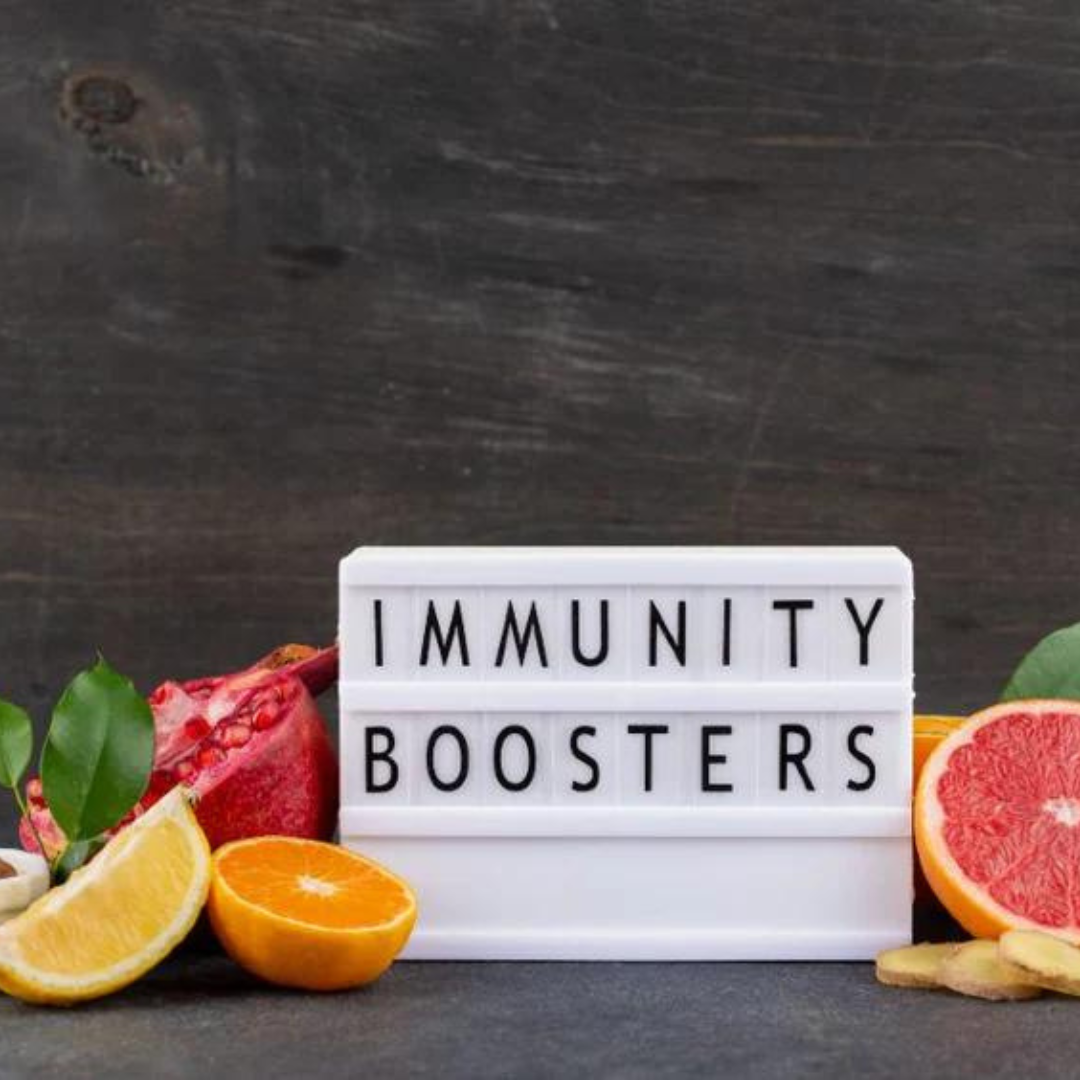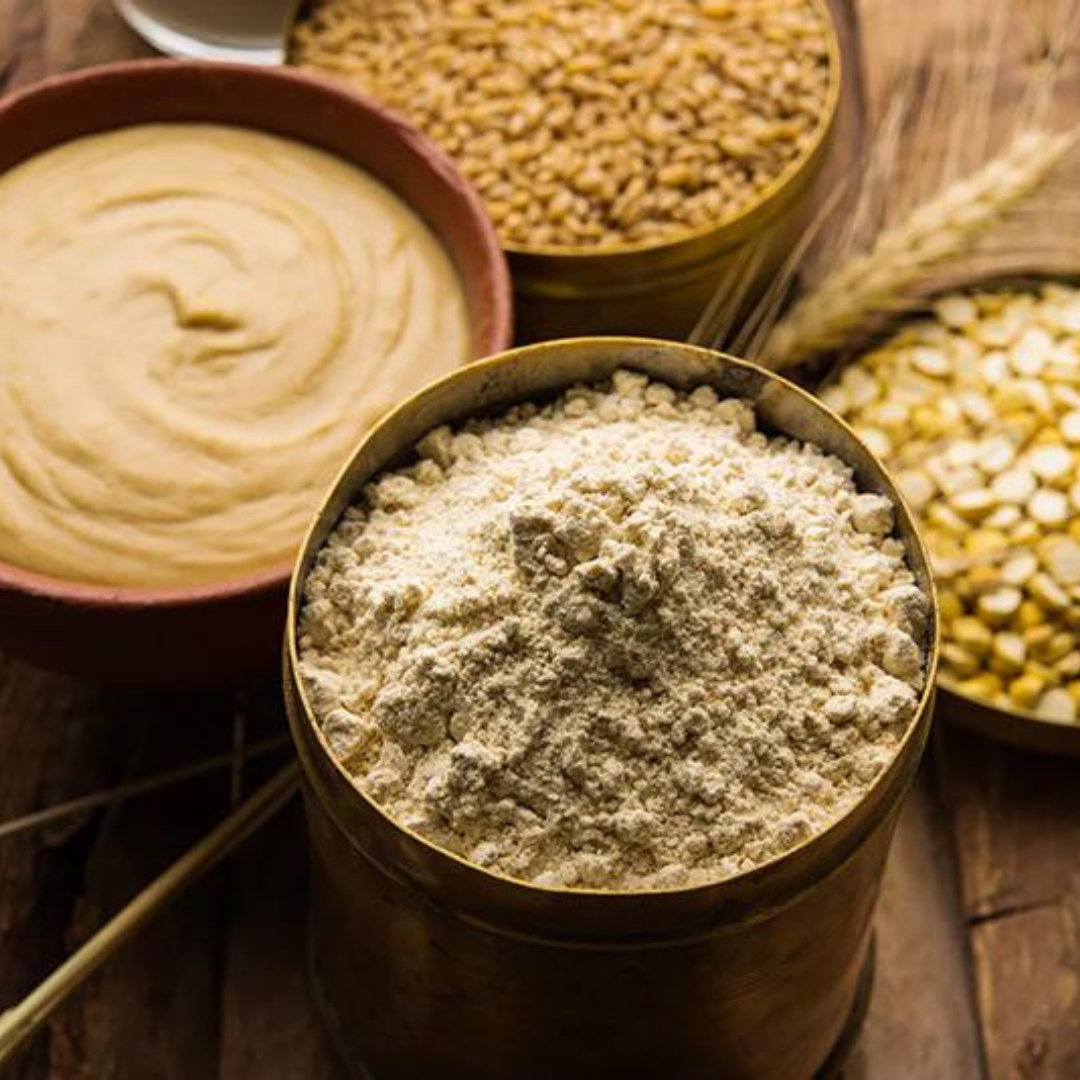Packed with protein, fibre, magnesium, phosphorus, copper, potassium, and manganese, millet is a powerhouse of nutrients! Millet is a gluten-free superfood that has been a part of the Indian diet for a long time. In fact, southern and central India consumed millet daily until the Green Revolution brought wheat and rice into the spotlight and made them more accessible.
Millet is divided into two broad categories:
-
Naked Grains
The types of millet that do not hold the tough and indigestible exterior husk are included in the naked grains category. These grains don't require processing once harvested and can be consumed after cleaning them properly.
-
Husked Grains
These indigestible seed-coated grains need to undergo mechanical processing, which was once done manually before being consumed. They are less popular than the naked grains since they are required to go through all the tough labour before consumption.
Different Types of Millets
Based on the two broad categories, you can find ten different types of millets in India:
-
Foxtail Millet
Foxtail millet has its root in India and Northern China, where it is cultivated in abundance. It is named after the tapered clustered flower look it has. This dry crop is planted around the last week of May and takes up to 70 days to harvest. In India, this crop is grown in some northeast states along with Maharashtra, Tamil Nadu, Andhra Pradesh, Rajasthan, Telangana, Tamil Nadu, Uttar Pradesh, Madhya Pradesh, and Karnataka.
Buy Now
It is widely known that the ancient Ayurvedic text Mahodadhi, written by Sushena, mentions foxtail millet as sweet and astringent grains helpful in increasing Vata Dosha and balancing Kapha, Pitta, and blood vessels.
-
Finger Millet
Finger millet, popularly known as ragi, is an annual crop grown abundantly in India, Sri Lanka, and Ethiopia. This superfood is packed with nutrients that enhance digestion, slow ageing, and reduce the risk of heart disease. As the popularity of wheat and rice increased over the years, ragi, which ruled the Indian kitchens for 2000 years, became less popular. However, after UN FAO (United Nations Food and Agriculture Organisation) stressed millet consumption for tackling malnutrition and other illnesses, finger millet made a comeback!
Buy Now
-
Little Millet
Known as shavan, sama, kutki, or moraiyo, little millet is enriched with minerals like zinc, iron, potassium, and calcium. Often substituted for rice, it is heavily consumed in South India. This vitamin B3-filled grain reduces cholesterol, supports fast metabolism, repairs tissues, and produces energy to keep you going throughout the day!
Buy Now
-
Kodo Millet
Kodo millet strengthens the nervous system. It is high in lecithin and is easily digestible. In ancient Ayurveda, kodo millet was used for medicinal, culinary, and therapeutic practices to heal wounds faster and beat fatigue. It is cold in nature; hence, it increases your Vata Dosha and balances your Kapha and Pitta Doshas.
Buy Now
-
Barnyard Millet
Barnyard millet is a small, white-coloured seed considered more nutritious than any other cereal grain. In India, babies of six to eight months are fed barnyard millet as kheer, and kids are given dosas and idlis made of this grain. Produced naturally in Uttarakhand, barnyard millet is rich in fibre, carbs, and protein, so if you are thinking of losing weight, including this grain in your diet is a great head start. Moreover, it is also an excellent source of phosphorous and calcium, that is great for building bones.
Buy Now
-
Sorghum Millet
Popularly known as jowar in India, sorghum millet is used to make rotis. This type of millet is filled with fibre, protein, and iron and is usually recommended for people who are intolerant to wheat. It contains policosanols that are meant to reduce your cholesterol levels. Sorghum millet is also an excellent alternative to all-purpose flour.
Buy Now
-
Amaranth Millet
Amaranth millet, or rajgira (royal grain) or Ramdana (God's grain), is a popular aspect of the Hindu fasting rituals and a part of the religious ceremonies. People who fast during Navratri and Ganesh Chaturthi replace grains with this millet in their diet. The farmers of India consider this a holy gift from the Gods, and hence it is also labelled as Ramdana. From sweet dishes like laddoo, kheer, halwa, and chikki to savoury puris and parathas, rajgira can be converted into various dishes and is considered versatile!
Buy Now
-
Pearl Millet
Pearl millet, or bajra, is the most commonly used kind of millet. Prepared in the form of khichdi or used to make rotis, bajra has been the culinary staple of India for thousands of years. Rajasthan is India's top producer of this nutritious crop since it requires extreme heat to grow. This unique crop is grown during peak summers and can withstand the harsh climate, low soil fertility, higher pH, drought, and low salinity.

-
Buckwheat Millet
Used as fasting food in India, buckwheat millet is among the most popular gluten-free grain options. It is an incredible protein-rich pseudocereal. Pseudocereals are plants with seeds or fruits that are consumed as grains. Although buckwheat is not a type of wheat, the word is attached to its name because it is used as an alternative to wheat flour which undergoes minimal processing. It is enriched in vitamins, potassium, and fibre and has less saturated fats than oatmeal.

-
Broomcorn Millet
Proso or broomcorn millet is a seasonal grass that can be grown in drought and extreme heat. It contains a low glycaemic index and is perfect for balancing your blood sugar levels. In some parts, this crop is used as birdseed.

Names of Millet in Different Languages
Millet has been a part of Indian history for a relatively long time. And since we live in a multilingual country, every part of our nation refers to types of millet in different names. Let's explore what kinds of millet are called in different Indian languages:
| English | Pearl Millet | Finger Millet | Foxtail Millet | Kodo Millet | Little Millet | Barnyard Millet | Sorghum | Buckwheat Millet | Amarnath Millet | Broomcorn Millet |
|---|---|---|---|---|---|---|---|---|---|---|
| Oriya | Bajra | Mandia | Kanghu/ Kangam/ Kora | Kodua | Suan Gurji | Khira | Juara | - | Kosala sag manji | China Bacari bangmu |
| Hindi | Bajra | Nachani/ Mundua/ Mandika/ Marwah | Kangni/ Kakum/ Rala | Koden/ Kodra | Kutki/ Shavan | Jhangora/ Sanwa | Jowar | Kuttu | Ramadana, Rajgira | Cena, Barri |
| Tamil | Kambu | Kezhvaragu/ Kelvaragu/ Keppai/ Ragi | Thinai | Varagu | Saamai | Kuthiravali (Kuthiraivolly) | Cholam | - | Keerai vidai | Pani varagu |
| Telugu | Sajjalu | Ragula/ Ragi Chodi | Korra | Arikelu/ Arika | Sama/ Samalu | Udalu, Kodisama | Jonna | Bukvit | Thotakoora ginjalu | Variga |
| Kannada | Sajje | Ragi | Navane | Harka | Saame/ Save | Oodalu | Jola | Huruli | Danthu beeja | Baragu |
| Malayalam | Kambam | Panji Pullu | Thina | Koovaragu | Chama | Kavadapullu | Cholam | - | - | - |
| Marathi | Bajri | Nagli/ Nachni | Kang/ Rala | Kodra | Sava/ Halvi/ Vari | - | Jowari/ Jondhala | Bataravhita | Chaulai beej | Vari |
| Punjabi | Bajra | Mandhuka/ Mandhal | Kangni | Kodra | Swank | Swank | Jowar | Ba’ikavata | Cavali biya | Cheena |
| Gujarati | Bajri | Nagli/ Bavto | Kang | Kodra | Gajro/ Kuri | - | Jowari/ Juar | Biyam satheno dano | Rajgaro | Cheno |
| Bengali | Bajra | Marwa | Kaon | Kodo | Sama | Shyama | Jowar | Ba’ikavata | Amaratba bijja | Cheena |
What is the Nutritional Value of the Different Types of Millet?
Known as the superfood, this highly nutritious rich in protein grain consists of high levels of good nutrients that offer multiple health benefits like:
- Battling cancer cells
- Promoting digestion
- Strengthening bones
- Balancing your blood glucose levels
- Being an aid in weight loss
If you want to know more about the health benefits of consuming millet in your daily diet, read our blog about why millet is a healthy millennial must-have! Now, let's further dive into the nutritional value each type of millet provides:
| Food gain | Carbohydrates (g) | Protein (g) | Fat (g) | Energy (KCal) | Crude fiber |
|---|---|---|---|---|---|
| Finger millet | 72.0 | 7.3 | 1.3 | 328 | 3.6 |
| Kodo millet | 65.9 | 8.3 | 1.4 | 309 | 9.0 |
| Broomcorn millet | 70.4 | 12.5 | 1.1 | 341 | 2.2 |
| Foxtail millet | 60.9 | 12.3 | 4.3 | 331 | 8.0 |
| Little millet | 67.0 | 7.7 | 4.7 | 341 | 341 |
| Barnyard millet | 65.5 | 6.2 | 2.2 | 307 | 9.8 |
| Sorghum | 72.6 | 10.4 | 1.9 | 349 | 1.6 |
| Pearl Millet | 67.5 | 11.6 | 5.0 | 361 | 1.2 |
| Buckwheat Millet | 33.5 | 5.68 | 1.04 | - | 4.5 |
| Amarnath Millet | 30 | 8 | 1 | 178 | - |
Where Can You Buy Millet From?
At Two Brothers Organic Farms, our organic farming ecosystem is certified by ECOCERT, and we are 4th generation farmers practising regenerative natural farming. Our community also works with small holding farmers that grow native heirloom crop varieties inspired by India's rich food heritage, folk wisdom, and traditional recipes! We take pride in producing organic and healthy millets!
Our best millets stay true to our promise of reviving native food, soil, and farmers. We bring whole and sprouted millet that are perfect for your traditional and contemporary recipes. We also offer breakfast cereal mixes and nutri bars with millet for a healthy diet.
- Gluten-free whole grain
- No additives, binders, fillers, and preservatives
FAQs:
What are millet types?
Varieties of millets include :
- Pearl Millet: It has high protein and iron content.
- Foxtail Millet: Rich in fiber and with a low glycemic index is foxtail millet.
- Proso Millet: Mild, nutty flavor.
- Finger Millet (Ragi): Packed with calcium.
- Sorghum: A versatile grain that can be fed to both people and animals.
What is millet food?
The term "millet food" describes recipes that use millet grains as the main ingredient. Foods including porridge, flatbreads, pilafs, and even snacks are frequently made using millet. Due to its nutty flavor and array of nutritional advantages, millet is a common ingredient in many different cuisines across the globe.
What is bajra pearl millet?
Pearl millet, or bajra, is a wholesome cereal grain. It's a common food in many parts of Africa and South Asia. Pearl Millet gets its name from the tiny, spherical, pearl-like grains of bajra. This grain is devoid of gluten and high in critical minerals, fiber, and protein, which makes it a valuable addition to diets in areas with difficult growing circumstances. Bajra is frequently used in porridge, flatbreads, and other recipes.
Which millet for Pitta dosha?
According to Ayurveda, individuals with a Pitta dosha imbalance can benefit from consuming cooling foods to pacify the excess heat in their bodies. Millets like pearl millet (bajra) and foxtail millet are considered suitable for Pitta dosha as they have a cooling effect on the body and help balance the heat.
What is a millet food recipe?
- Millet Pancakes
- Millet Salad
- Millet Soup
- Millet Breakfast Bowl
- Millet and Vegetable Casserole
- Millet Stir-Fry
- Millet Flatbread
- Millet Pilaf
- Millet Porridge










